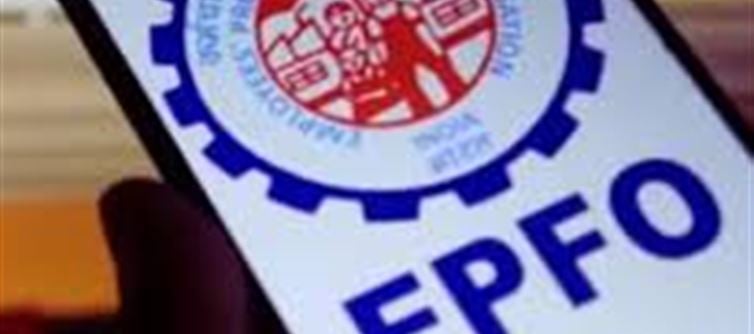
In a groundbreaking move, the Employees' Provident Fund Organisation (EPFO) is all set to roll out a game-changing reform that will allow its subscribers to withdraw funds directly from ATMs. Scheduled to launch in January 2026, this new feature will benefit over 7 crore EPFO members, providing them with easier access to their funds in times of need. Here’s a look at how this reform will make EPFO funds more accessible for members.
1. EPFO’s ATM Withdrawal Feature Explained
Currently, EPFO subscribers can only withdraw their Provident Fund (PF) balance via online transfer or by visiting the EPFO office. The upcoming ATM withdrawal feature will make it easier for members to access their funds directly through ATMs.
· What’s new: Starting in january 2026, EPFO members will be able to withdraw their PF balance directly from ATMs.
· How it works: Subscribers will use their UAN (Universal Account Number) to authenticate and initiate transactions, similar to how they perform regular bank transactions.
2. Over 7 Crore Subscribers to Benefit
This reform is expected to positively impact over 7 crore EPFO subscribers across the country.
· Who benefits: workers in the formal sector, including those in industries like manufacturing, construction, and services, who have EPFO accounts.
· Why it matters: This feature will help workers who need quick access to their PF balance in case of emergencies or day-to-day expenses, without having to go through long processes.
3. Access Funds in Emergencies
One of the key advantages of this new system is that it will allow members to withdraw money in emergencies, providing an instant solution.
· Why it’s important: In urgent situations like medical emergencies, educational expenses, or financial crises, the ability to quickly withdraw funds from ATMs will be a life-saver.
· Benefit: It’s expected to significantly reduce the hassle of waiting for online transfers or offline withdrawals, giving subscribers access to their funds at the press of a button.
4. Increased Accessibility for Members
This reform will make EPFO funds more accessible, especially for individuals who may not have a bank account or easy access to online services.
· What’s new: With ATM withdrawals, members will be able to easily access their PF balance without relying on internet connectivity or online banking.
· Who benefits: This is particularly beneficial for rural workers or individuals in areas where internet connectivity is poor or banking infrastructure is limited.
5. Security Features to Ensure Safe Withdrawals
With ATM withdrawals comes the need for strong security measures to protect subscribers from potential fraud.
· What will be done: EPFO will implement two-factor authentication to ensure that only the rightful account holder can access their funds.
· Why it matters: This will enhance the safety and security of your hard-earned money and ensure that the process remains safe and secure.
Final Thoughts
The introduction of ATM withdrawals for EPFO members is a welcome reform that will make accessing retirement funds much easier. It will provide greater flexibility and convenience for over 7 crore subscribers, especially in times of financial emergencies. This move will not only improve the accessibility of funds but will also modernize the entire EPFO system, aligning it with the needs of today’s wallet PLATFORM' target='_blank' title='digital-Latest Updates, Photos, Videos are a click away, CLICK NOW'>digital world.
Disclaimer:
The views and opinions expressed in this article are those of the author and do not necessarily reflect the official policy or position of any agency, organization, employer, or company. All information provided is for general informational purposes only. While every effort has been made to ensure accuracy, we make no representations or warranties of any kind, express or implied, about the completeness, reliability, or suitability of the information contained herein. Readers are advised to verify facts and seek professional advice where necessary. Any reliance placed on such information is strictly at the reader’s own risk.
.jpg)




 click and follow Indiaherald WhatsApp channel
click and follow Indiaherald WhatsApp channel